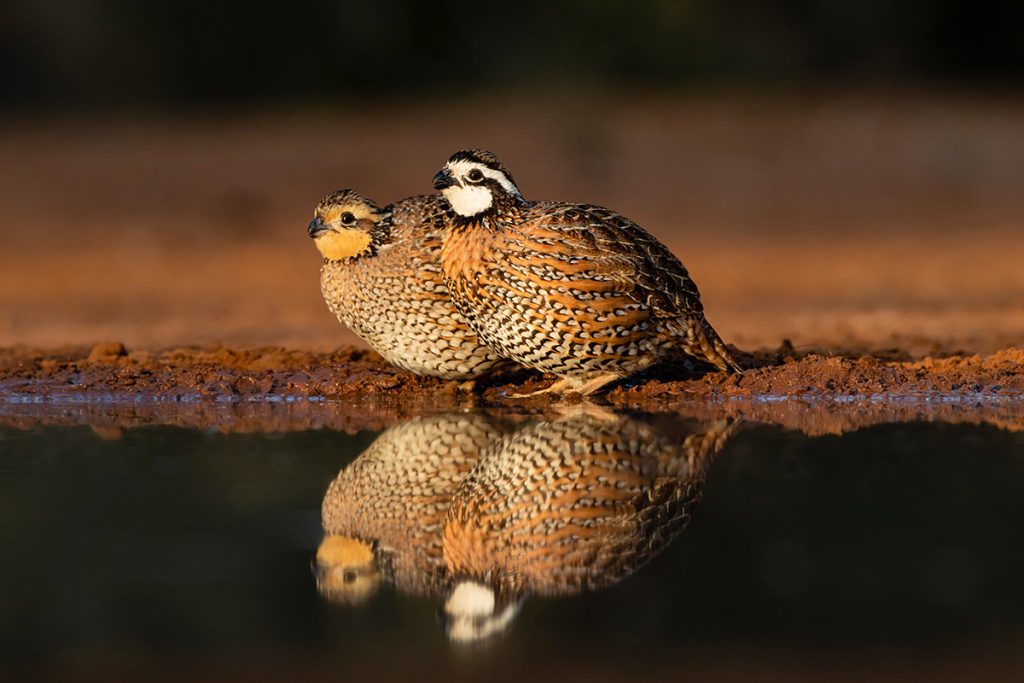With the goal of restoring wildlife habitat, the State Acres for Wildlife Enhancement (SAFE) Initiative is an integral facet of the Conservation Reserve Program (CRP). While CRP focuses on conservation efforts as a whole, SAFE aims specifically to protect vulnerable wildlife species from endangerment and extinction. To do so, it focuses on establishing robust, native habitats for all types of wildlife, from insects to mammals to birds to plants.
Through the SAFE initiative, CRP participants establish grasses, trees, and wetlands on their property. This helps generate important habitat and food sources for local wildlife, especially high-priority species that are threatened or endangered.
Conservation Practices (CPs) for the SAFE Initiative
There are 5 SAFE CPs, CP-38A through CP-38E, that landowners can enroll in to benefit from the SAFE Initiative. Each of these CPs focuses on a specific conservation focus, from buffers to wetlands to trees. The particular practice you are enrolled in will determine the types of vegetation grown on your land to attract and protect a particular species.
Benefits of the SAFE Initiative
Enhances endangered wildlife populations
As the primary goal of the SAFE initiative, habitat restoration for threatened or endangered species is one of the most prominent benefits of the program. At-risk populations like the New England cottontail, bobwhite quail, and birds are protected, as well as other wildlife like deer, game birds, and pollinators.
Improves native grassland habitats
CP-38E is the SAFE conservation practice that restores critical grassland habitat for rare, declining, and endangered species, like grassland birds. In addition to wildlife preservation, grass can also provide other benefits to your land, like improved water quality and reduced soil erosion. Establishing grassland is often a practical, cost-effective way that farmers can convert their marginal land to CRP and protect local wildlife.
Restores trees
SAFE Initiative practices like CP-38C help restore trees like hardwoods to provide habitat. This benefits species that use trees for shelter and nutrition, like the Indiana bat, ducks, and other wildlife. In addition, it contributes to important reforestation efforts to improve the environment and slow down climate change.
Promotes carbon sequestration
To further improve the environment as well as wildlife, the SAFE Initiative helps promote carbon sequestration. As vegetation like trees and grass are grown, they trap harmful carbon from the atmosphere directly into the soil. This process, known as carbon sequestering, not only protects the environment from climate change but also adds valuable nutrition to the soil.
Financial Benefits of the SAFE Initiative
Like all CRP practices, there are financial incentives for participating in the SAFE Initiative. Depending on your contract, you can receive between 10 and 15 years of annual rental payments from the USDA. To help cover the cost of practice establishment, you can also get cost-share payments up to 50%.
Participants enrolled in SAFE through Continuous CRP can also receive an additional practice incentive payment (PIP) and a signup incentive payment (SIP). PIP and SIP payments are dependent on the particular practice you enroll in and your project must be a new project not a re-enrolled existing CRP project.
Get Help with Your SAFE Initiative Project
Although it’s a highly beneficial program, enrolling in the initiative and carrying out your contract requirements can be complex. If you need help with a SAFE Initiative project on your land, reach out to us at FDCE.
Our CRP experts have decades of experience assisting landowners with the enrollment and establishment process. Our sister company, All Native Seed, can even help you select the right seed mix for your specific CP. Contact us today for a free quote!

